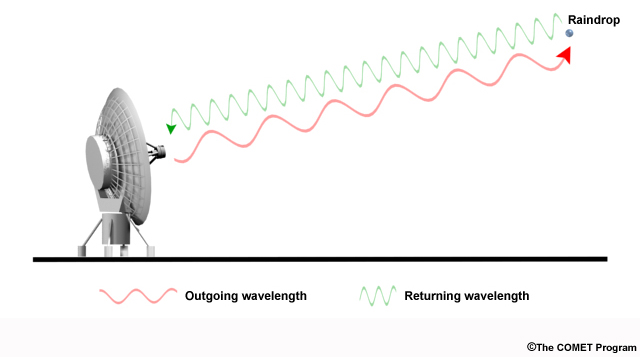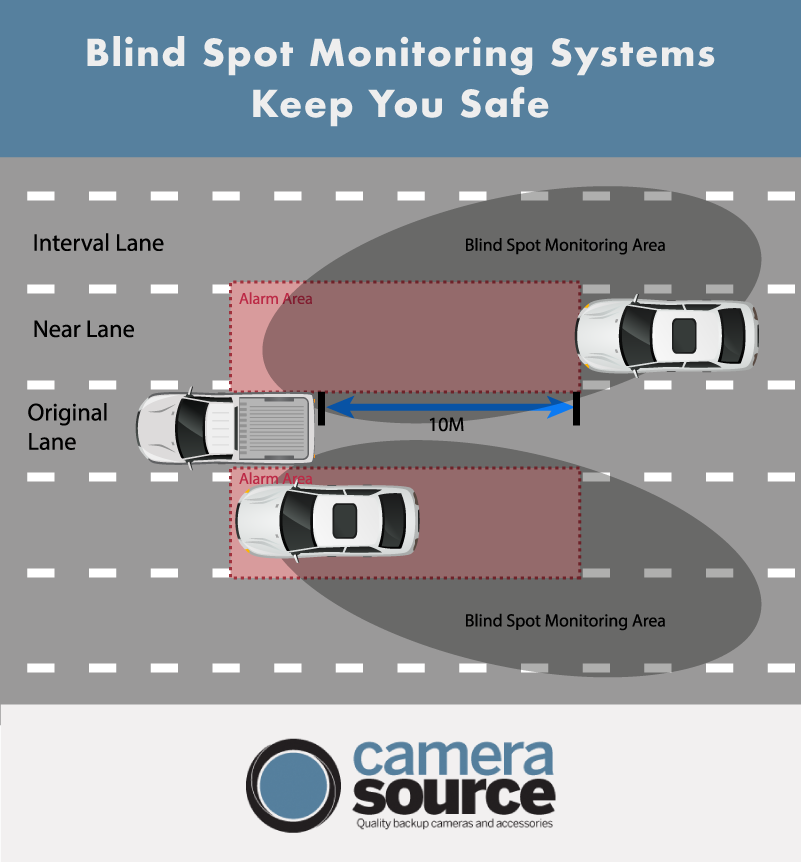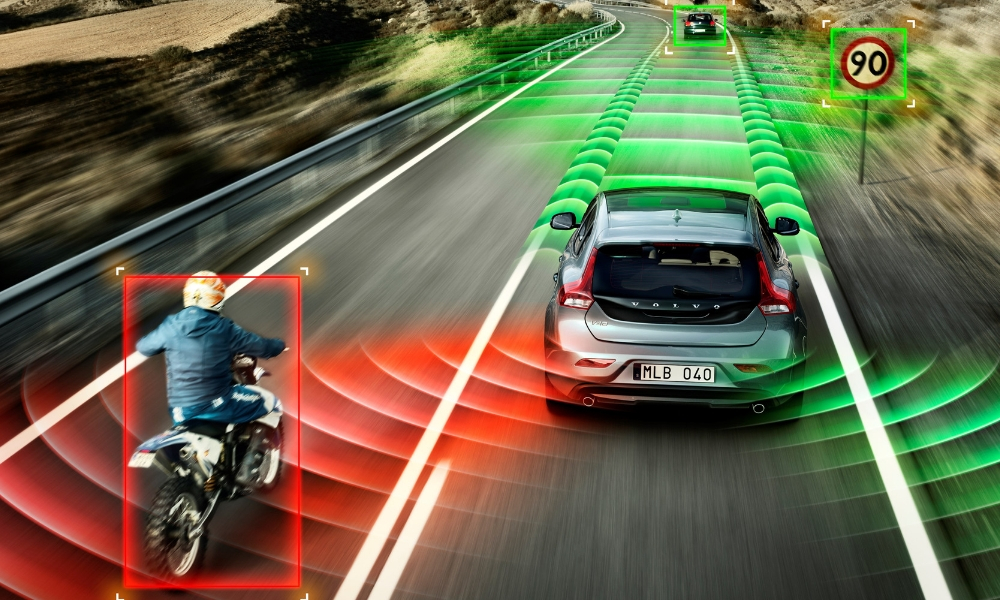Whether it is a super-computer full of information that fits in your pocket or anything you could want to buy delivered to your doorstep within a few hours, technology sophisticates the way we do the things we have always done. Driving to work, home, school, or anywhere else is no different. Technology in automobile manufacturing may make you think of your favorite electric car (or electric car CEO), but even the classics of American car culture are made better and safer from technological advances. The same spirit of innovation that heats your seats and pairs your phone to your car also creates visibility in your blind spot and informs you of cross-traffic when reversing out of a parking space. Radar blind spot detection is crucial for truck owners who require increased visibility for safe maneuvering. For those who want the newest original equipment manufacturer blind spot detection technology in an aftermarket product, Camera-Source can meet that need.
What is Radar?

Radar is a detection system that was developed before and during World War II for military use. During the early 1930s, long-range aircraft capable of carrying heavy payloads became a real military threat. Radar was developed as a way to detect the approach of hostile aircraft. Radar works by sending out electromagnetic radio waves or microwaves through a transmitter and transmitting antenna and receiving those waves through a receiver and receiving antenna when they bounce back from an object. Specific properties of that object can be determined by the information retrieved from the waves and processed by a processor in the system.
Despite originally being intended for national defense purposes, radar technology has found a multitude of civilian applications. Air, land, and sea traffic controllers rely on the information gleaned from radar to facilitate safe travel. A special kind of radar, Doppler radar, is responsible for our ability to forecast the weather. Satellites use radar technology to observe space and the ocean. Radar technology is even facilitating archaeological digs in the Alaskan Arctic.

How Radar Systems Can Prevent Accidents
Two different kinds of safety systems exist in cars: active and passive. Seat belts and airbags are considered passive safety features because they engage in response to an accident. Active safety features, like lane assistance or blind spot reduction, are constantly working to help the driver avoid a collision.
Most collision avoidance systems in cars rely on radar technology. A small receptor is placed in the car, which consistently transmits waves outward. Those waves bounce back from the nearest object and are processed by the sensor. The time it takes for the signal to bounce back from an object can identify what the object is, how large it is, and how fast it is traveling. This constant information about the size, distance and relative velocity of nearby vehicles allows pre-collision systems recognize a stable baseline for the car, and to recognize a drastic change in any one of these factors as a possible precursor to an accident. The car can give audio and visual cues, warning a driver, so they can respond and correct, as necessary.
Radar is not only useful for the safe navigation of traffic. It also helps boost the capacity of backup cameras. As of May 2018, the National Highway Traffic Safety Administration required all new cars to have backup cameras. Backup cameras amplify the field of vision behind a vehicle, but radar blind spot detection systems can alert a driver to cross-traffic, an obviously useful feature to anyone who has ever reversed out of a parking space. Camera-Source, a leading retailer of backup cameras and other blind spot assistance hardware, is pleased to offer an award-winning radar blind spot detection system for late model Ford F-150 trucks.
The Camera-Source F-150 radar blind spot system for 2015-2019 trims is the retrofit system to beat. Its components are validated by Toyota and rival the newest original equipment manufacturer technology on the market. Design features include a clean mount onto the vehicle with no exposed wires and a foam-wrapped interior that muffles sound. The radar blind spot system has a 40-foot rear detection field (an increase of 15 feet from previous models), simultaneous audio/visual notifications when a vehicle moves into the blind spot while the turn signal is on, and built-in rear cross-traffic alerts when reversing out of a parking space. The system uses CAN bus data to activate when the vehicle mph is above 15. The new system is also more sensitive than previous models; it monitors the correct adjacent lanes, ignores stationary vehicles for fewer false warnings, and accurately senses a variety of vehicle sizes. Due to the complexity of the installation process, we recommend that you have your Camera-Source F-150 radar blind spot system installed by a professional.

Images Cited:
https://files.insidercarnews.com/files/2018/09/Volvo-V40-driver-assistance-features.jpg








